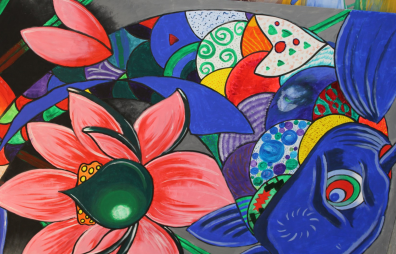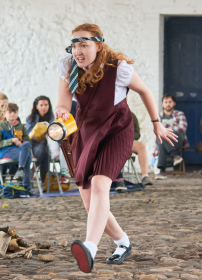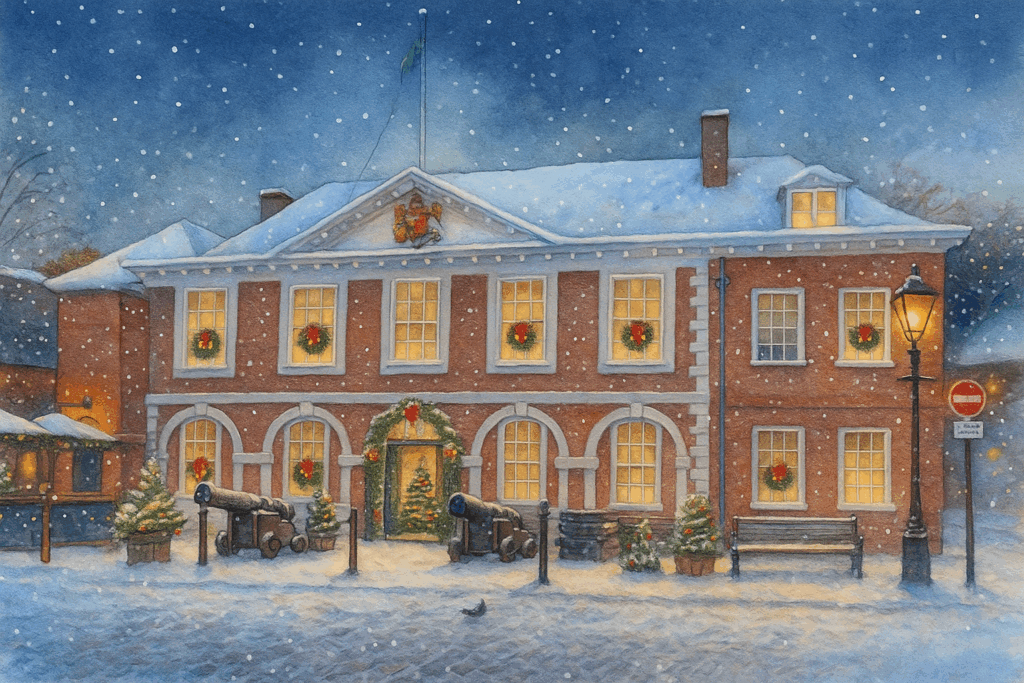This exhibition puts the spotlight on prison art, where the artists remain unseen and unmentioned.
This exhibition puts the spotlight on prison art, where the artists remain unseen and unmentioned. You will not see a name upon the gallery labels here, you will only see a creative aspect of their characters represented in shape, colour and composition.
Prison art is uncommon in public exhibition circles but should, nonetheless, not be passed over — quite the contrary.
Unique and unusual techniques and materials are created behind the stone walls, bars and razor-wire fencing, which comes from a past history of poor access to regular art materials. During the Napoleonic wars, prisoners would create beautiful artwork from matchsticks and this material is just one that endures today in the art room of HMP Exeter prison.
Although paints, pencils and pastels are readily available today, and you will find pieces created with them, the historical skills are still practiced and kept alive, e.g. soap carving.
Despite this work being from an all-male prison, I see the indelible link to female artists who were very much hidden in the past and still, today, remain under-represented in art galleries worldwide. The erasure of their work was not due to any criminal activity but because they were women existing in a patriarchal world:
And so, perhaps, it is an intriguing twist that I find myself, as a female, curating the work of ‘invisible’ males. However, this exhibition can make visible the benefit which art provides them, and hopefully society, when they come to be released.
Elizabeth Richmond: Curator





